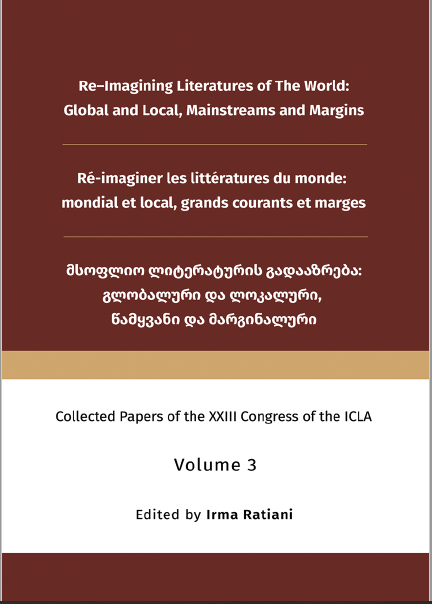Resistance, Deaths and Ideals in an Argentinian Graphic Novel
Main Article Content
Abstract
On the borderline of opposing ideological positions that gave rise to fierce confrontations, the graphic novel La niña comunista y el niño guerrillero [The Communist Girl and the Guerrilla Boy] of María Giuffra was conceived.
The voices of ten children –witnesses and victims of violence of the civic-military dictatorship developed in Argentina between 1976 and 1983, in which 30,000 activists were killed in clandestine circumstances and their bodies hidden– take shape in this publication.
The book deeply mobilizes its readers, citizens who are sensitive to the institutional violence exerted in these latitudes. According to the Aesthetics of Reception (Iser, 2000), this occurs when there is a convergence between the structure of the work and its interpretation, two aspects that we analyse in this presentation.
The author intends to be loyal to what she heard. In her aesthetic proposal, the expression of voices of the narrators are represented in different graphics; filled with violence and death, her images move across the pages without respecting limits. The bodies of the children in the foreground are the counter part of their missing parents, and their love for the children is glimpsed in the profuse symbolism of tear-streaked faces and profuse little heart drawings.
Once the book was completed, four decades after the dreadful events, when the fires of passionate enthusiasm of their parents’ ideological and partisan struggles are fading away, the narrators express an interesting version of “revenge”: be happy. The message of the book in which violence is shown without extenuations seems to inspire in readers a hope of happiness, an essential transformation, perhaps the only valid one for social change: never more hatred, but love for life.
